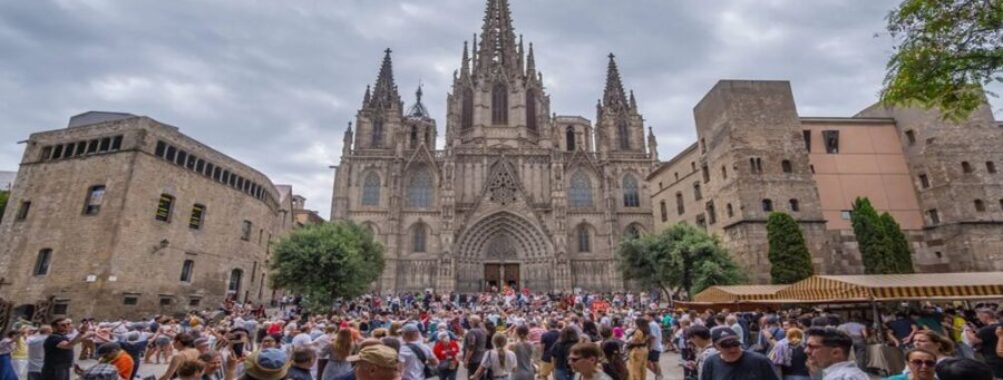
How to Avoid Overtourism Summer Europe: 7 Insider Strategies for Authentic, Crowd-Free Adventures
Europe in summer—sounds dreamy, right? Until you’re packed in shoulder-to-shoulder with tourists, sweating in line, barely catching a glimpse of those “must-see” sights. Overtourism can honestly suck the magic out of a trip, and it’s rough on the very places you’re there to enjoy.
If you want a more relaxed, meaningful travel experience this summer, ditch the obvious hotspots. Try lesser-known destinations, tweak your timing, and travel in ways that actually help locals and the environment instead of stressing them out.
I’ve been there—Venice in July? My feet still haven’t forgiven me. Europe’s got so much more to offer than what you see on every top 10 list. Get a bit adventurous with your route and you’ll stumble into some of Europe’s best kept secrets.
Table of Contents
- Key Takeaways
- Understanding Overtourism in Europe
- What Is Overtourism?
- Causes of Overcrowding in Summer
- Impact on Local Communities and Environment
- Popular Destinations Facing Overtourism
- Barcelona, Venice, and Amsterdam
- The Challenges in Mallorca, Canary Islands, and Balearic Islands
- Alternative European Travel Destinations
- Exploring Eastern Europe
- Discovering Slovenia and Croatia
- Hidden Gems in Rotterdam and Bologna
- Smart Timing: Traveling in the Shoulder Season
- Advantages of Avoiding Peak Summer
- Best Times to Visit Major Cities
- Sustainable Travel Practices
- Choosing Eco-Friendly Accommodation
- Supporting Responsible Tour Operators
- Minimizing Travel Footprint
- Managing Accommodation and Short-Term Rentals
- The Impact of Airbnb and Short-Term Rentals
- How to Choose Responsible Lodging
- Tourist Taxes and Regulations
- How Tourist Taxes Help Manage Visitor Numbers
- Examples of Cities with Tourism Tax Policies
- Transportation and Mobility Solutions
- Navigating Cities by Public Transport
- Reducing Traffic and Pollution
- Cruise Ships and Port Management
- Engaging with Local Culture Responsibly
- Supporting Local Businesses
- Respecting Traditions and Customs
- Role of Policy and Tourism Organizations
- European Travel Commission Initiatives
- Strategic Destination Management
- Frequently Asked Questions
- What are the lesser-known destinations in Europe ideal for summer travel to avoid crowds?
- How can travelers contribute to sustainable tourism during peak season in Europe?
- What are effective strategies for cities to manage the influx of summer tourists?
- Can you suggest off-peak travel times for popular European destinations to minimize the impact of overtourism?
- What role do local governments play in mitigating the effects of overtourism in European hotspots?
- How can tourists seek authentic experiences in Europe while reducing their footprint during high travel season?
- Book Your Dream Experience
- More Travel Guides
Key Takeaways
- Pick less-crowded spots and skip the overtourism circus
- Travel off-peak and plan smart
- Make choices that respect local communities and the places you love
Understanding Overtourism in Europe
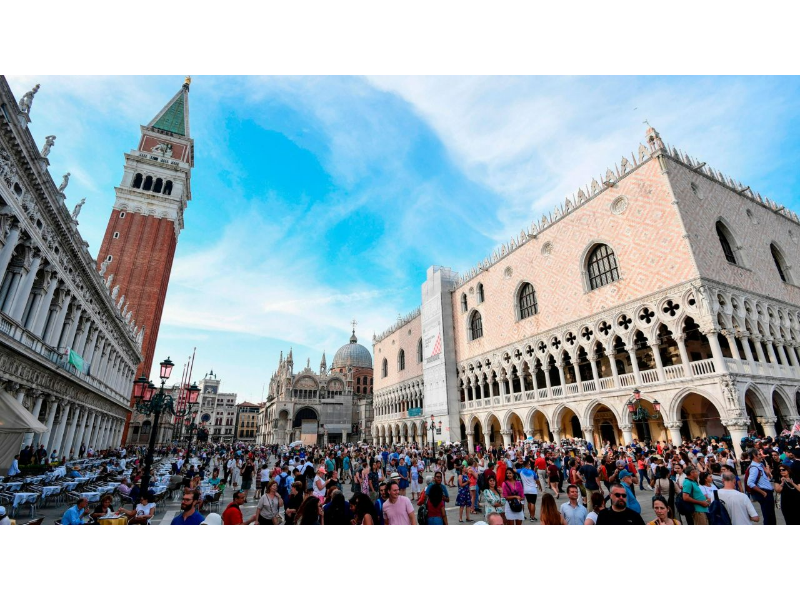
Venice, Barcelona, Dubrovnik—these cities have gotten so popular, locals are struggling and, honestly, sometimes tourists just end up frustrated. When crowds surge in summer, little problems snowball—rents skyrocket, trash piles up, streets overflow. The magic? It fades fast.
What Is Overtourism?
Overtourism happens when a place gets more visitors than it can handle, especially in peak times like summer. It’s not just about crowds—it’s when daily life for locals or the natural environment takes a hit. Imagine those tiny Italian alleyways so packed you can barely breathe.
Maybe you don’t notice it on a short visit, but for people who live there, every jammed street or full bus is just exhausting. Even small villages are starting to feel it, especially once Instagram blows them up.
It’s not about blaming tourists (hey, we’re all travelers), but about making sure museums, streets, and parks don’t buckle under the pressure. And let’s be real—a hidden square loses its charm when you’re queuing for coffee with 50 other people.
Causes of Overcrowding in Summer
Summer’s when schools break and families make a beeline for Europe, so everyone’s booking flights at once. Budget airlines and cheap vacation deals make it super easy to hop over for a weekend. I’ve flown to Spain for less than it costs to take the train to the next city over.
Social media? It’s a huge factor. When a photo spot or café goes viral, suddenly everyone wants in. I’ve changed my own plans after seeing a place explode online.
Cruise ships make things even crazier. Sometimes thousands of people pour into a tiny port in a single morning. Those medieval streets don’t stand a chance. So, cheap flights, viral trends, limited space—it’s the perfect storm every summer.
Impact on Local Communities and Environment
Locals take the hardest hit—neighborhoods change, and the charm that attracted travelers starts to disappear. Rents shoot up, old family shops close, and regular people get priced out. I once chatted with a barista in Florence—her family had to leave the city center because their apartment turned into a short-term rental.
The environment suffers too. Parks and beaches get trashed, wild spaces get stomped flat, and pollution climbs. Venice even charges an entry fee now just to handle the mess and the crowds. That says a lot.
When mass tourism hits, daily life for locals and the planet both take a beating. It doesn’t mean you shouldn’t go—just think about how and when you visit. Sometimes, being a good traveler is about what (and who) you leave behind.
Popular Destinations Facing Overtourism

Some places in Europe feel packed even when it’s supposedly the off-season. Walk around, try to grab a table—there’s a constant hum of fellow travelers.
The impact is real—on locals, on the city, and honestly, on your own trip. Some destinations just aren’t what they used to be.
Barcelona, Venice, and Amsterdam
If you’re planning Barcelona, Venice, or Amsterdam this summer, just know you’re not alone. These cities pull in so many people that finding a quiet moment is tough, even early in the day.
Barcelona’s old quarters get overrun. Sometimes it’s so noisy with rolling suitcases and chatter, you can’t even think. Locals have protested, and you’ll spot graffiti telling tourists to go home.
Venice? When cruise ships dock, it feels like a theme park. It’s gorgeous—maybe too gorgeous for its own good. Day-trippers make life tricky for locals, and even basic groceries get more expensive.
Amsterdam’s tried to push back—no more new hotels, tours banned from certain spots. The canals and red lights are still iconic, but the crowds definitely take away some of that easygoing Dutch vibe.
The Challenges in Mallorca, Canary Islands, and Balearic Islands
Mallorca and the Balearics used to be peaceful Mediterranean escapes. Now, with visitor numbers exploding, summer can feel like rush hour. I remember standing in a Mallorca port in July—it was like squeezing onto a subway.
Locals in Mallorca and the Canaries are getting louder about the strain. Anti-tourism protests happen, especially when new mega-resorts open or beaches get smothered with sunbeds. It’s not just about inconvenience—it’s about keeping resources, housing, and local life intact.
Restaurants and cafés sometimes raise prices or limit bookings for tourists in peak months. The water’s still stunning, but the pressure makes it tough for everyone to enjoy what made these islands special.
- Key Issues in the Islands:
- Housing prices spike overnight
- More waste and environmental stress
- Authentic experiences get elbowed out by crowds
Alternative European Travel Destinations
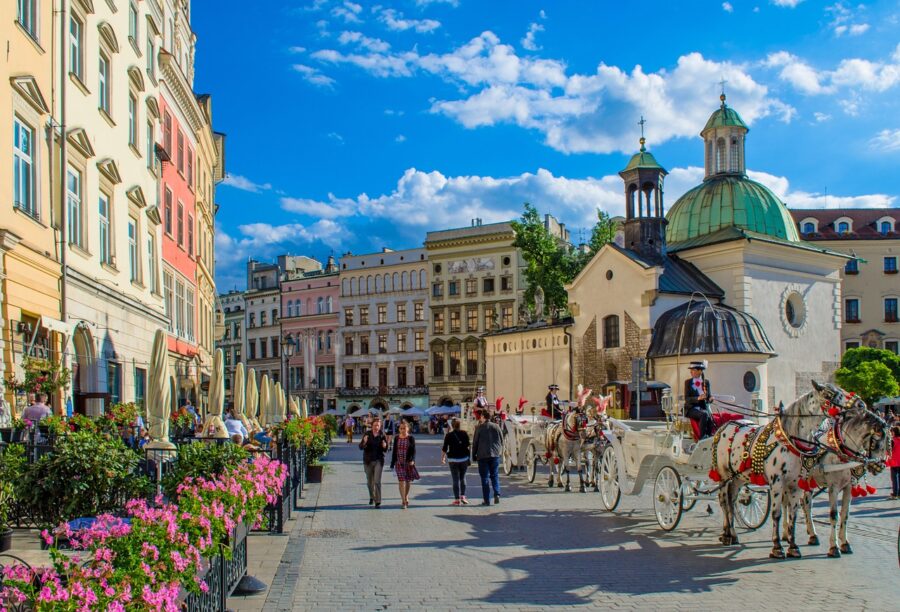
If you want to skip the crowds and still get the best of Europe, look past the usual suspects. Some towns and cities are just as vibrant—maybe even more so—but way more relaxed (and often cheaper, too).
Exploring Eastern Europe
Eastern Europe might not be your first thought, but don’t write it off. Lviv in Ukraine and Krakow in Poland mix old-world charm, hearty food (the pierogies alone!), and lively cafés—without the mobs you’ll find in Prague or Budapest in July.
Wander the pastel streets of Vilnius, Lithuania, and you’ll feel like you’ve stumbled onto a secret. There are winding alleys, bustling markets, and locals who actually want to chat—with barely another tourist in sight.
Getting around is easy, most places are walkable, and your budget stretches further. If you want culture without the chaos, this is the move.
Discovering Slovenia and Croatia
Dubrovnik gets all the press, but Croatia has other gems. Zadar and Šibenik have clear waters, peaceful city walls, and fresh seafood—without cruise ship mobs. Zadar in July almost feels like your own private Mediterranean town.
Slovenia? I can’t get enough. Ljubljana is compact, green, and full of riverside cafés. The pace is way slower than Venice or Vienna in summer. Bike everywhere, stroll by the river, or day trip to Lake Bohinj (locals like it more than busy Lake Bled). Don’t be shocked if you end up extending your stay.
If you want something quirky, check out Metelkova art district—live music, murals, and a dash of weirdness. It’s a breath of fresh air after a string of “must-see” tourist stops.
Hidden Gems in Rotterdam and Bologna
Everyone rushes to Amsterdam, but Rotterdam is way cooler and much less touristy. The modern architecture stands out—cube houses, bold street art, floating pavilions. The food? I still think about the stroopwafel I grabbed at the Markthal on a random Tuesday.
Rotterdam’s a real working city, so you get more of a local vibe. Rent a bike, hit the museums (Depot Boijmans Van Beuningen is wild), or just hang by the river and people-watch.
In Italy, skip Florence and head to Bologna. It’s a university town with terracotta roofs, endless porticos (perfect if it rains), and the best pasta I’ve tasted. Evenings mean people-watching in Piazza Maggiore, maybe with a bowl of tortellini. Fewer tour groups mean you actually feel part of the scene.
Both cities give you the soul of their famous neighbors, minus the chaos. If you love getting to know a place’s real rhythm, these are winners.
Smart Timing: Traveling in the Shoulder Season
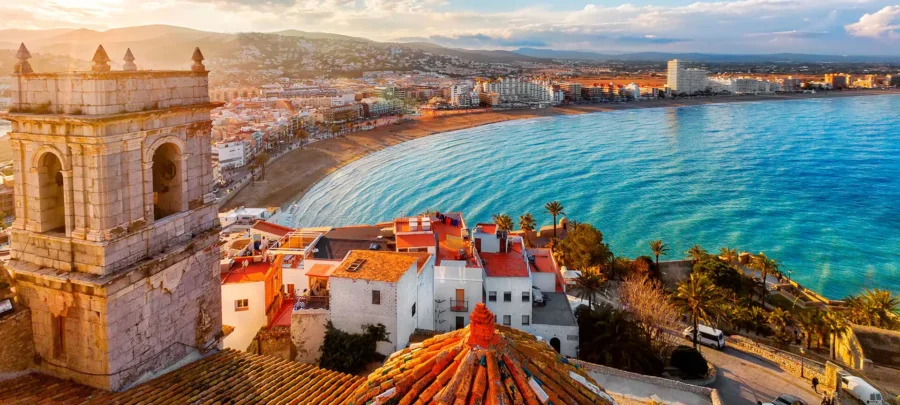
You don’t have to battle crowds or pay a fortune to see Europe. If you pick your timing right, you’ll have space to breathe and see places like Paris or Athens at your own pace.
Advantages of Avoiding Peak Summer
Shoulder season—right before and after summer—makes everything easier. Flights and hotels cost less, and you can actually enjoy museums, cafés, and parks without feeling squished.
One of my best trips was to Valencia in late September. Fewer people, cooler weather, and it felt like the city was just for me and a handful of locals. Overnight stays in cute hotels are easier to book, too.
You get the same sights, but with less hassle. Locals have more time to chat, and you don’t feel rushed. Here’s a quick breakdown:
Shoulder Season Perk Why It Matters Fewer crowds Easier sightseeing Lower prices Save on flights & stays Cooler weather More comfortable exploring Local vibe Better chance for authentic moments Best Times to Visit Major Cities
Shoulder season timing depends on where you’re headed. For most of Europe, late spring (April–early June) or early fall (September–October) is the sweet spot.
Paris in May is a dream—flowers everywhere, markets buzzing, but way calmer than July. Athens comes alive in October. The sun won’t cook you, and you can wander ruins without dodging tour groups.
Valencia in September? Golden. I met a chef running cooking classes that you’d never find in August, when everyone’s sweating through high season. You’ll have better luck finding a place to stay, and the city slows down in all the right ways.
Every city has its own rhythm, but if you avoid school breaks and big festivals, you’ll almost always have a better trip. Always check local calendars—sometimes you’ll stumble into a neighborhood festival with just locals and a handful of lucky travelers.
Sustainable Travel Practices
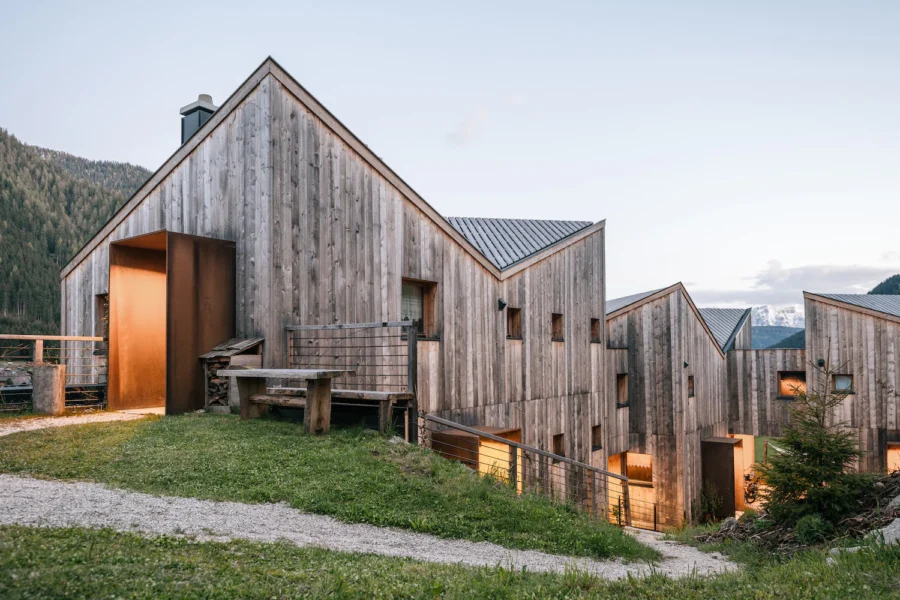
When you make smarter choices about where you stay and how you get around, you actually help protect Europe’s best-loved destinations. It’s not always easy, but those small decisions add up.
Choosing Eco-Friendly Accommodation
When I’m picking a hotel or guesthouse for summer, I always start by checking if they have eco-certifications or use renewable energy. These days, a surprising number of places recycle, save water, and even hand out reusable toiletries instead of those endless plastic bottles—finally, right?
Look for markers like “Green Key” or “EU Ecolabel.” They’re not just labels; they usually mean you’re actually supporting something meaningful, not just a marketing gimmick.
I’ve found that smaller, family-run lodgings in little towns or villages often take sustainability a lot more seriously than the big chains. They’ll partner with local producers, use less energy, and breakfast might even come straight from a neighbor’s farm.
Here’s a tip: If you can, avoid staying smack in the city center near the main sights. You’ll dodge the crowds, wake up to quieter mornings, and honestly, it usually feels a lot more authentic.
Supporting Responsible Tour Operators
Not every tour company cares about sustainability, and the differences can be huge. When I’m booking anything—whether it’s a food walk in Barcelona or a boat ride off Croatia—I stick with companies that care about the community and the environment.
The best operators keep group sizes small, pay guides fairly, and actually respect local culture. I always check if tours donate to conservation or use local guides.
It’s amazing how you can sense when a company treats a place and its people with respect instead of just cashing in. When in doubt, look for city tours or experiences through responsible providers, like some on Viator. It’s not only better for the place—it usually ends up being way more memorable for you, too.
Minimizing Travel Footprint
It’s so easy to forget how much moving around can impact both the climate and the local feel of a city. Public transport isn’t just cheaper; in most European cities, it’s often way faster than sitting in a taxi stuck in traffic.
Hop on buses, trains, or rent a bike—they let you see more and cut down on the environmental mess of short-haul flights or car rentals.
Bring your own reusable bottle, mug, or bag. Trust me, a solid bag is a lifesaver—check out some travel gear if you’re not sure where to start.
Stick to marked hiking trails, respect wildlife, and don’t carve your name on anything old or irreplaceable. These little habits add up, and honestly, travel feels less frantic when you slow down and do things right.
Managing Accommodation and Short-Term Rentals
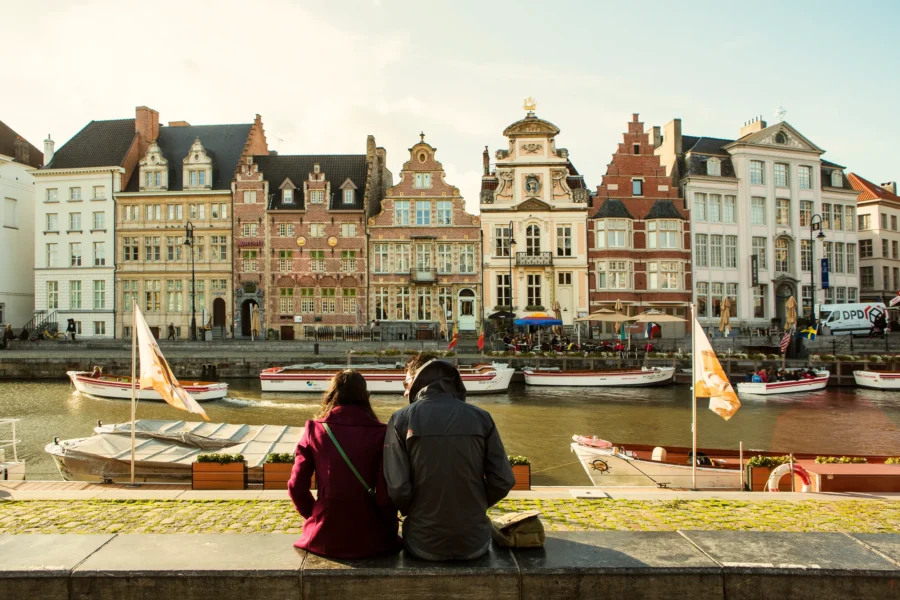
Where you stay can have a bigger impact than you’d think. Your accommodation choices either help or hurt the local community, so it pays to be thoughtful—but it’s not as complicated as it sounds.
The Impact of Airbnb and Short-Term Rentals
Platforms like Airbnb have totally changed how people travel in Europe. They let you stay right in the heart of cities like Lisbon or Barcelona, but there’s a catch: short-term rentals often push up local rents and make it tough for locals to find affordable homes.
I’ve talked with people in Amsterdam who had to move out because their building turned into tourist apartments overnight. Some cities are cracking down with stricter rules and extra taxes to fight this. You might notice fewer cheap apartments or see neighborhoods with tight limits on rentals.
Honestly, it’s understandable. The whole vibe of a place changes when it’s wall-to-wall visitors instead of locals.
If you want to rent an apartment for a week, check for listings with the right permits. In popular spots, double-check if there are rental restrictions—you don’t want your stay to make things harder for locals.
How to Choose Responsible Lodging
When I plan a trip, I always think about how my stay affects the people who actually live there. Hotels and regulated guesthouses usually have less impact on housing shortages.
Sites like Booking.com or Expedia make it easy to spot legitimate options and filter for places with real sustainability policies.
Consider these easy tips when picking your place:
- Look for eco-labels or properties with community initiatives.
- Try family-run or local guesthouses for something unique.
- Avoid “entire apartment” listings in crowded city centers, especially if one host has a dozen identical places.
- If you must use Airbnb, opt for private rooms, not whole homes, so locals can still live in the building.
I always ask myself: Would I want my neighborhood turned into a hotel? Sometimes, staying just outside the busiest areas, or searching on KAYAK for smaller hotels, is both cheaper and more interesting. Your travel money goes further and helps keep the place authentic.
Tourist Taxes and Regulations
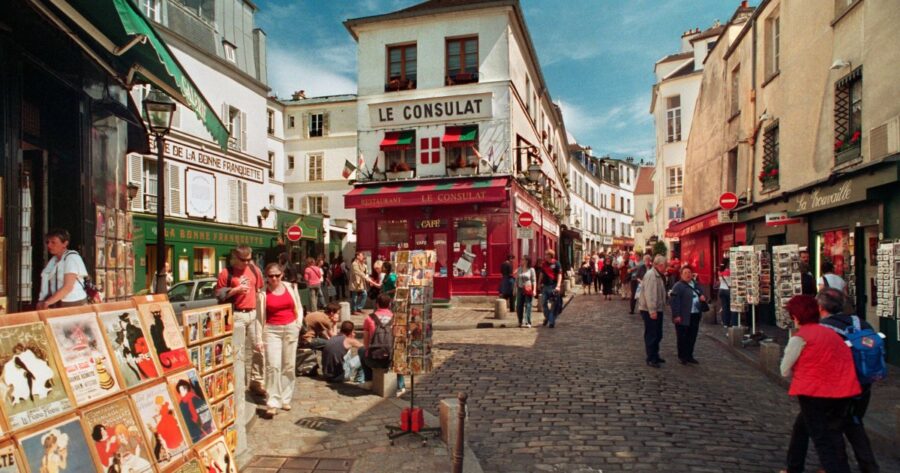
Every year, more European destinations introduce tourist taxes and new rules to manage crowds and protect their cities. Knowing how these work—and where they hit hardest—can help you avoid headaches and plan a smoother trip.
How Tourist Taxes Help Manage Visitor Numbers
You’ve probably spotted those extra “city tax” or “tourist tax” fees on your hotel bill. Annoying? Maybe at first. But they’re part of a bigger push to manage overtourism.
Cities use these taxes to control visitor numbers and pay for things like cleaning, safety, or repairs after a busy season. In recent years, places like Venice, Barcelona, and Amsterdam have increased their tourist taxes or started new seasonal fees.
In some cities, you pay more in the summer—basically surge pricing for sightseeing. The money usually goes right back into the community: parks, public transit, or other stuff that benefits both locals and travelers.
I once got hit with a hefty tax in Florence that caught me off guard. It made me stop and think about how my trip affected the city. When locals start grumbling about too many visitors, a few extra euros to keep the balance seems fair to me.
Examples of Cities with Tourism Tax Policies
Some real-world examples: Venice started charging day-trippers a special entrance fee in 2024. If you don’t book ahead online, you could get a fine.
Here’s a quick list of cities (and regions) with notable tourist tax policies:
Destination Type of Tax Notes Venice, Italy Access fee for day visitors Varies by day and season Barcelona, Spain Per night tax on lodging Higher for luxury stays Amsterdam, Netherlands Percentage-based hotel tax Also applies to Airbnbs Lisbon, Portugal Per person, per night Children sometimes exempt Paris, France Hotel tax (varies by rating) Ranges from budget to luxury Some places in Spain are even banning short-term rentals or capping cruise ship arrivals, not just raising taxes. If you’re using Airbnb or similar, double-check local rules before you book.
Transportation and Mobility Solutions
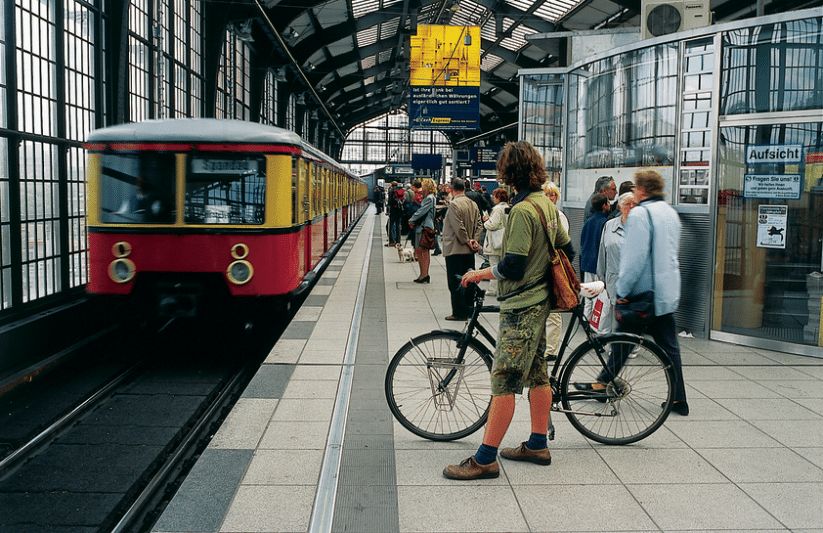
Getting around Europe in summer can make or break your trip—sometimes it’s the difference between a dream vacation and a logistical headache. The way you move, from public buses to avoiding cruises, really shapes your experience and the communities you visit.
Most European cities have pretty great public transport, but honestly, using it is one of the best ways to avoid overtourism headaches.
Buses, trams, and subways move you faster and keep the streets less crowded. I’ve lost count of the times a local tram saved me from endless traffic jams. Plus, you get a taste of real life—locals reading the paper, students on their way to class, that sort of thing.
Grab a day travel pass or metro card if you can. Many cities offer unlimited rides, saving you money and ticket stress. If you get lost, just ask the driver or another passenger—folks are usually happy to help if you try a bit of the local language.
Reducing Traffic and Pollution
Driving your own car through historic centers or tiny villages sounds romantic, but honestly? It’s usually a nightmare. Narrow roads, zero parking, and you end up adding to the chaos.
Cities like Lisbon and Venice block off busy areas to cars in summer, letting only residents drive in. Take advantage of bike-sharing or electric scooters—just beware of cobblestones, they’re not always scooter-friendly.
Walking is even better. I once wandered around Barcelona for hours, ducked into hidden cafes, and escaped the crowds just by zigzagging down side streets. Sometimes, your best travel stories come from a slow stroll, not a mad dash to the next big sight.
Cruise Ships and Port Management
Cruise ships—love them or hate them—can flood small port cities with thousands of people in minutes. Protests in places like Mallorca and the Canaries aren’t rare; locals feel overrun when ships dock.
If you’re set on a cruise, look for companies that dock at quieter times or stagger passenger arrivals. Some cities, like Venice, now limit or redirect cruise ships to protect their historic centers.
When you land, skip the giant group tours. Book smaller, local excursions or just explore on your own—your money has more impact and you blend in better. Honestly, you’ll remember the quiet market you found by accident way more than another packed main square.
Engaging with Local Culture Responsibly

If you want to avoid being just another tourist adding to Europe’s overtourism problem, pay attention to how you interact with locals and their culture. Engaging the right way means showing respect and helping preserve the unique character of each place.
Supporting Local Businesses
One of the best things you can do? Spend your money close to the source. Sure, chain restaurants and big-name tours are easy, but they rarely help the local community.
Instead, pick independent restaurants, family-run cafes, and markets owned by locals. Book activities with local guides or find things to do run by locals to keep more money in the community.
When you buy crafts, skip the mass-produced souvenirs by the port. Chat with vendors, ask about what you’re buying—you’ll often get a story or at least a genuine smile.
Sometimes, I skip the tourist shopping streets and wander down side roads. I’ve come home with hand-painted tiles from Lisbon and honey from a hillside farm in Greece—nothing beats that kind of authentic find. You might pay a bit more, but you’re helping real families, not just faceless companies.
Respecting Traditions and Customs
It’s surprisingly easy to forget you’re a guest when you’re traveling, not just another customer passing through. European countries have layers of traditions that, honestly, might leave you scratching your head at first.
Take Spain, for example—dinner at 10 p.m. feels totally normal there. If you wander into a restaurant at 5 p.m. hoping for a full meal, you’ll probably get some odd looks or just a shrug.
Doing a little homework before you land can save you from awkward moments. Check out local customs, like what to wear when visiting churches or how to behave in public spaces.
In some places, covering your shoulders isn’t just a suggestion, it’s the rule. And if you spot a “no photos” sign, just put the camera away—even if everyone else is sneaking a shot.
When you walk into a market or a tiny shop, try learning a couple of basic phrases in the local language. Even a clumsy attempt at “hello” or “thank you” usually gets a smile, or at least a nod.
It’s not about blending in perfectly; it’s about showing you care enough to try. Most locals genuinely appreciate the effort, even if your accent is a disaster.
Role of Policy and Tourism Organizations
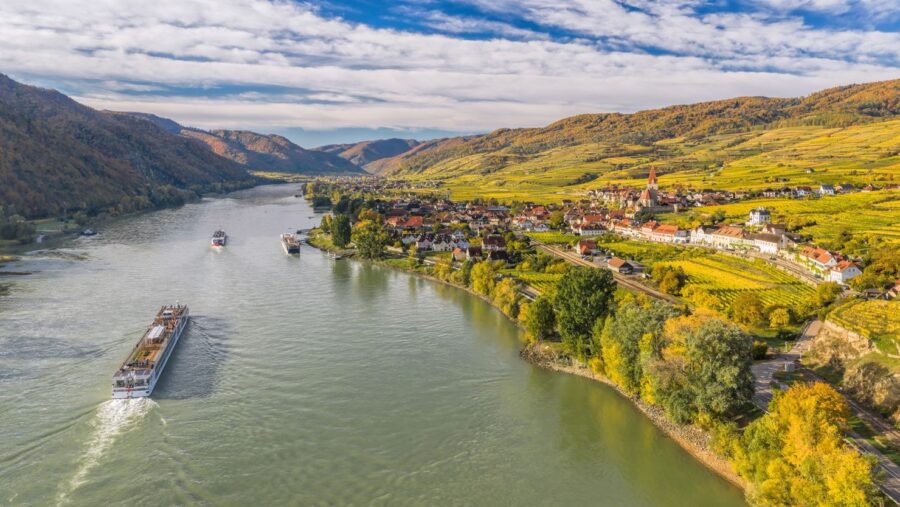
Local policies and tourism organizations shape your travel experience more than you might think. They set up the boundaries that keep things fun for you and livable for the people who call these places home.
European Travel Commission Initiatives
The European Travel Commission (ETC) has really stepped up lately, working to spread travelers out more evenly across the continent. You’ll notice there’s a real push—sometimes subtle, sometimes not—toward lesser-known regions.
ETC shares campaign materials with travel agencies and nudges airlines to add flights to off-the-beaten-path places. If you’re tired of crowds, this is honestly a game-changer.
Their projects focus on experiences that rival the big attractions, but without the chaos and endless lines. Those slick ads for hidden gems? That’s ETC, gently steering you away from the usual tourist stampede.
Strategic Destination Management
Let’s be real—good destination management is way more than glossy brochures. Local tourism boards have started capping visitor numbers at fragile spots like city centers or beaches during peak times.
It might sound strict, but who really wants to elbow through a mob just to see a view? More places now encourage visitors to spread out by offering perks for off-season trips or early-morning tours.
You’ll sometimes spot QR codes showing live crowd levels—a total lifesaver. I once avoided a three-hour wait in Florence thanks to an app that pinged me about crowds at the Duomo.
These little touches come from smart destination management, all designed to make your trip smoother and, honestly, way more enjoyable.
Frequently Asked Questions
Most travelers want to dodge crowded tourist traps in Europe, especially in summer. If you pick lesser-known places, time your trip well, and travel mindfully, you’ll have a richer experience and help keep overtourism in check.
What are the lesser-known destinations in Europe ideal for summer travel to avoid crowds?
You really don’t need to stick to the usual suspects like Paris, Venice, or Barcelona every summer. Ever tried Lake Bled in Slovenia? It’s gorgeous, peaceful, and still feels like a bit of a secret.
The Albanian coast is another winner—just as beautiful as the more famous Adriatic towns, but with a fraction of the crowds. I’ve had breakfast in tiny northern Portuguese towns where it was just me, a local baker, and maybe a dozen pigeons.
Give the Baltic states a chance—Estonia and Latvia have charming old towns and lush forests, and even in July, you can stroll cobbled streets almost alone. Honestly, the French countryside or Austria’s lakes are dreamy and way less stressful than those packed city centers.
How can travelers contribute to sustainable tourism during peak season in Europe?
Sustainable travel doesn’t have to be complicated. Stay longer in one place instead of hopping from town to town, and use public transport or rent a bike when you can.
I always eat at local diners instead of big chains—your money goes straight to families, not some faceless corporation. Bring your own water bottle and skip the plastic.
Choosing locally run accommodations over global hotel chains actually makes a bigger difference than you’d think. And if you see a sign asking you to stick to marked trails in a park, please do! That’s how you help protect the places you came to see.
What are effective strategies for cities to manage the influx of summer tourists?
Cities are getting pretty creative these days. Some limit cruise ships or cap daily visitors to big landmarks (think Dubrovnik).
Others raise tourist taxes in peak months and use that money for local services and repairs. Barcelona’s city tours often require advance bookings now, and in parts of Amsterdam, they’ll nudge you toward quieter neighborhoods.
Moves like these actually make the city better for you and for locals. Sometimes, keeping your plans loose pays off—if one spot’s packed, just wander to a nearby square and see what you find.
Can you suggest off-peak travel times for popular European destinations to minimize the impact of overtourism?
I get a bit passionate about this one. I always try to travel in May or early September when I can.
Prices drop, the weather’s still lovely, and cities like Florence or Prague feel almost magical—no crowds, just the good stuff. Even if you’re traveling in July or August, try hitting big cities on weekends (when locals leave) or exploring the countryside on weekdays.
Early mornings and late evenings in places like Paris? Pure magic. No lines, no noise—just you and a couple of birds for company.
What role do local governments play in mitigating the effects of overtourism in European hotspots?
Local governments have really started to step up. They set visitor limits for popular sites, add new taxes, and run campaigns reminding tourists to be respectful.
Some invest in better infrastructure—think cleaner public bathrooms, more recycling bins, and improved buses. It’s not just about rules, though.
Town halls often team up with local businesses and residents to spread visitors out and make less-visited neighborhoods more appealing. I once chatted with a mayor in a small Spanish town—she was passionate about connecting travelers to real cultural events, not just the postcard stuff.
How can tourists seek authentic experiences in Europe while reducing their footprint during high travel season?
If you want to dodge crowds and actually make a difference, forget those “top ten” lists for a bit. Wander off-script—grab a coffee where locals actually hang out, or stumble into a festival that hasn’t been plastered all over Instagram.
Honestly, the best travel stories? They almost never come from following the herd. Try a cooking class in someone’s home, or spend an hour at a village market where nobody’s selling fridge magnets.
One time, I made cheese with a shepherd in Serbia. It wasn’t glamorous, but I still think about it. Walk with local guides instead of big tour groups, or see if you can volunteer for a morning—maybe help clean a park or join a community project.
You’ll give back a little, sure, but you’ll also discover corners of Europe most travelers never even hear about. Isn’t that what we’re really after?
Book Your Dream Experience
More Travel Guides



